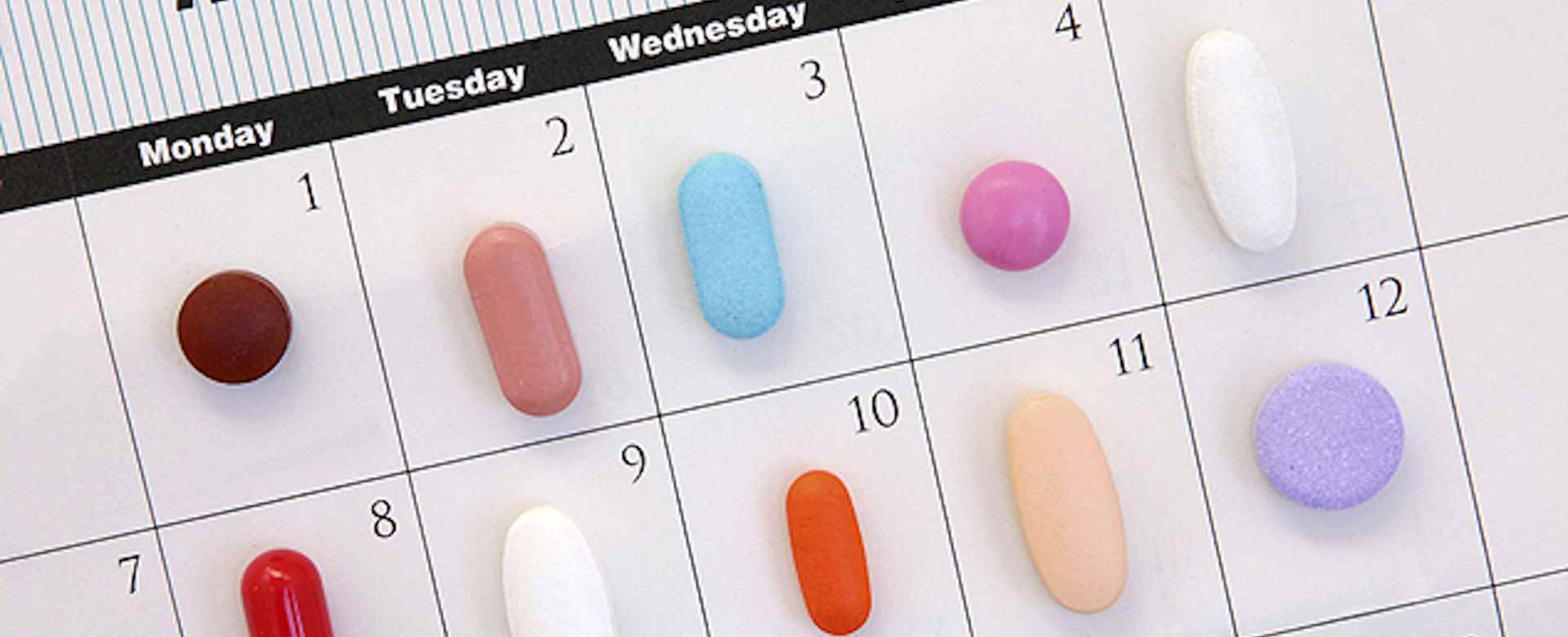Catching a medication concern early
Americans receive nearly four billion prescriptions each year. That’s a big number.
But they fail to properly use at least half of those prescriptions, or even take them at all. That’s also a big number -- and a big problem for health care. Studies have found a high degree of non-adherence to medications intended to treat a range of conditions from depression to heart attack, according to Medscape.
Non-adherence – sometimes called non-compliance – wastes limited health care resources. It frustrates doctors. It often leads to poorer outcomes, including death.
Health insurers, pharmacy benefit managers (PBMs) and affiliated companies are becoming more proactive in dealing with non-adherence. They’re now trying to predict who will skip their doses so they can address this problem before it even occurs.
Why patients deviate
Patients deviate from the plan for many reasons that neither they nor their clinicians can necessarily anticipate. Common issues linked to non-adherence include:
- Forgetting to take doses
- Feeling that the medication carries a stigma
- Not wanting to be identified as “sick”
- Having depression
- A belief that the medication is not necessary
But more surprising factors linked to non-adherence are emerging. According to Express Scripts, the nation’s largest PBM, men whose physicians are female are less likely to fill prescriptions. People with young children have a higher risk of skipping doses. And within couples, partners can “catch” non-adherence from each other.
Predicting non-adherence could lead to patient interventions
In 2012, Express Scripts announced a tool called ScreenRx that, the company claimed, takes into account more than 400 factors to predict non-adherence a year in advance with up to 98 percent accuracy.
When the company predicts that patients may veer from adherence, it “actively engages patients to figure out how they can be made to comply with their medication regimens,” according to MedCityNews. Steps could include a phone call, letter or email; a refill reminder device; or a conversation with a pharmacist.
Other companies that have launched initiatives to predict non-adherence include:
- This IT organization offers a two-pronged approach. According to MedCityNews, one component, AllazoMAP, “sits on top of existing clinical medication adherence programs. It uses population data and predictive analytics to forecast individual patient adherence levels to each of their medications and ranks these patients based on priority.” Its AllazoLIFT uses this data to identify interventions for patients when needed.
- This company uses claims data on customers to predict non-adherence on a scale of 0 to 100 percent, according to Forbes. RxAnte has worked on a project with Aetna in which it alerted health care providers through a portal to pay attention to particular patients, and provided suggestions for intervening with these patients.
- A health services company that works with hundreds of health plans, Optum developed the Drug Adherence Index 2.0. This tool incorporates data including past use of medications, medical claims and sociodemographic factors to identify people most likely to become non-adherent, as well as those with the greatest chance of returning to adherence.
Independent review organizations can play a role in detecting non-adherence
Independent review organizations (IROs) – such as Advanced Medical Reviews – are in a unique position to address non-adherence. IROs consider patients’ entire medical history in the review process, and patterns of use or non-adherence sometimes emerge in a patient’s history.
Dr. Lousine Alpern of Advanced Medical Reviews explains that “A case involving non-adherence may prompt a peer-to-peer call in which the reviewer physician speaks with the patient’s physician -- referred to as the prescriber -- regarding the non-adherence and what can be done to remedy the issue.”
The health care industry continues to develop innovative technology to predict non-adherence that, ultimately, will improve health care as a whole. “Any of the new innovations addressing non-adherence will be a welcome addition to assisting health care providers in giving patients the best care possible. It will be interesting to see what impact this will make on patient care,” Dr. Alpern adds.
Sign up for Updates:
Privacy Details
By submitting this form, you are consenting to receive marketing emails from: Advanced Medical Reviews, LLC. You can revoke your consent to receive emails at any time by using the Unsubscribe link, found at the bottom of every email.
